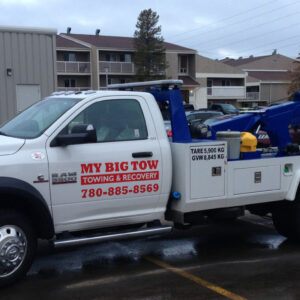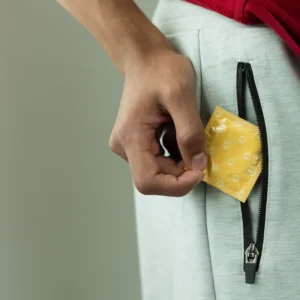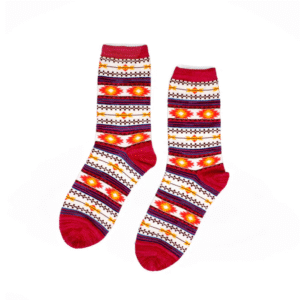What Is a Laser Rust Removal Machine?
A laser rust removal machine, also known as a LaserCleaner, is a high-tech tool that uses a focused beam of laser light to remove rust, paint, oxides, and other contaminants from metal surfaces without damaging the underlying material. It’s fast, contactless, eco-friendly, and increasingly replacing sandblasting and chemical cleaning in industrial environments.
Table of Contents
ToggleWhy LaserCleaner Is the New Standard in Surface Preparation
LaserCleaner systems use pulsed fiber laser technology to achieve micron-level cleaning precision. They’re ideal for use in:
-
Automotive industry
-
Shipbuilding
-
Railway maintenance
-
Aerospace component cleaning
-
Restoration of heritage structures and sculptures
Unlike abrasive cleaning,laser rust removal machine is non-destructive, chemically safe, and low maintenance.
Key Features of LaserCleaner Machines
| Feature | Description |
|---|---|
| Laser Power Range | Typically 20W to 2000W, adjustable based on material sensitivity |
| No Consumables | Eliminates the need for chemicals, sand, or solvents |
| Touch-Free Operation | Zero contact with the surface — reduces wear and tear |
| Precision Control | Highly focused beam targets only rust or contaminants |
| Minimal Heat Affected Zone | Preserves base material and structural integrity |
| Portable & Robotic Options | Available in handheld and automated systems for varied industrial use |
How Does Laser Rust Removal Work?
Laser rust removal operates based on the principle of laser ablation:
-
The laser beam is directed at the rusty or oxidized surface.
-
The contaminants absorb the high-energy light and are rapidly heated.
-
This causes the rust to vaporize or break apart into micro particles.
-
The clean base material reflects most of the beam and stays intact and undamaged.
This process is fast, repeatable, and does not generate hazardous waste, making it ideal for industries with strict environmental compliance.
Benefits Backed by Industry Data
-
Up to 80% reduction in maintenance time
-
Zero environmental damage from chemical runoff
-
30-50% cost savings over long-term use compared to sandblasting
-
99% removal efficiency for rust, paint, and oxides on ferrous metals
-
Compliance with OSHA and EPA standards for workplace safety
Expert Insights: What Makes LaserCleaner Stand Out?
According to manufacturing experts and industrial engineers:
“LaserCleaner has transformed surface preparation by offering repeatable, precise, and damage-free cleaning in sectors like aerospace and energy infrastructure.”
Many companies now use laser cleaning systems in quality-critical operations such as pre-welding preparation, tool maintenance, and paint stripping from complex components.
Common Applications by Industry
| Industry | LaserCleaner Use Case |
|---|---|
| Automotive | Removing corrosion from engine parts & chassis |
| Aerospace | Precision oxide removal from turbine blades |
| Railway | Paint stripping and rust cleaning on train exteriors |
| Manufacturing | Mold and tool cleaning in production lines |
| Restoration | Safe removal of oxidation from historical artifacts |
FAQs: Everything You Need to Know About Laser Rust Removal
Q1: Is laser rust removal safe for delicate materials?
Yes. The laser intensity and pulse duration can be precisely controlled, allowing for gentle cleaning of sensitive or high-value components without altering surface properties.
Q2: Does it work on painted surfaces?
Absolutely. LaserCleaner can strip paint without chemicals or abrasion, even from intricate surfaces or fine detailing.
Q3: What types of rust can be removed?
It removes surface rust, deep oxidation, and localized corrosion on metals such as steel, aluminum, brass, and copper.
Q4: Is it energy-efficient?
Laser systems use only as much power as needed and often consume less energy than large mechanical or chemical cleaning setups.
Q5: How does it compare to sandblasting?
Laser cleaning is dust-free, non-contact, and doesn’t damage the base material. Unlike sandblasting, it doesn’t require costly containment setups or post-cleaning processes.
Q6: Can laser cleaning be automated?
Yes, many systems integrate with robotic arms or CNC machinery for high-volume and precision applications.
Interactive Checklist: Is LaserCleaner Right for Your Business?
-
Need rust or oxide removal with no damage to base material
-
Require environmentally safe processes
-
Want to cut down maintenance costs and time
-
Require high-precision cleaning for sensitive parts
-
Need a portable or robotic system for large or hard-to-reach surfaces
If you checked most of the boxes, a LaserCleaner could be the perfect solution for your industrial cleaning needs.
Best Practices for Operating a Laser Rust Removal Machine
-
Wear protective eyewear and gear rated for laser class
-
Test on a small area before full-scale cleaning
-
Keep the optics clean to ensure consistent beam quality
-
Use fume extraction to manage vaporized particles safely
-
Regularly calibrate the system for optimal performance
For those seeking a reliable, long-term industrial cleaning solution that meets today’s stringent environmental and quality demands, LaserCleaner represents a technological leap forward that’s here to stay.








